A Tim Drake fan account/rp blog run by a massive nerd (ironically) named Timothy. this is slowly becoming a bird blog? (he/they/it)
Last active 60 minutes ago
Don't wanna be here? Send us removal request.
Text
My brother is currently listening to Barry Mannilow's Greatest Hits on vinyl in a room where the only light is a glaringly pink led bulb. I hate him. I can hear it halfway across the house, I tried to tell him to turn it down and the second I opened the door my retinas were attacked. I have a migraine now.
0 notes
Text
This is the plot of the superman movie i think
"you don't owe anyone anything" You are a tar pit. Speak for yourself. I personally owe the cafe employees my dishes put away and my friends a listening ear and small scared insects a cup and a gentle trip outside. Hyperindividualism is a rancid infection borne of capitalism and willfully misinterpreted therapyspeak and I will defy it by continuing to be kind regardless of whether or not it benefits me personally
78K notes
·
View notes
Text
Y'all think Zsasz killed 2 people b4 getting top surgery?
0 notes
Text
This will do terrible things to my spleen in a jar :(
through sheer force of will i shall replace the spleen in a jar jokes with Tim got shanked by a spider jokes
254 notes
·
View notes
Note
hi! Just FYI the Schieffelin introduction story is somewhat apocryphal. While the Shakespeare society did introduce some starlings, it is now clear that there were many introduction events at many locations across north america in the 19th and early 20th centuries
For context, heres the exact words I used when mentioning the Schieffelin intro narrative.
"It's actually said we have Shakespeare to thank for that. In 1890, a man named Eugene Schieffelin released 100 European starlings (sturnus vulgaris) into central park, supposedly claiming he had planned to bring every bird species mentioned in Shakespeare's works to North America. In reality, historians suspect he was just trying to control the local insect population."
I would like to point out that the way its worded indicates that Schieffelin's reason and connection to Shakespeare is speculative at best.
Is it likely that multiple people on separate occasions released European Starlings into North America? Yes, however, Schieffelin is the most known case of this we have as of now. He released a known several dozen birds in the middle of New York. Therefore, he receives credit regardless of his reasoning or what happened after. Is the story often exaggerated with claims that Schieffelin was a fanatic? Yes, but is it apocryphal? Not really. That being said, as far as is known, the very earliest suggested introduction of starlings was in 1872, in Oregon, New York, and Ohio. Most believe those starlings didn't survive, though in 1876, a wild starling was captured in Massachusetts. Starlings existed in America prior to 1890. But Schieffelin is likely the reason for their numbers today, whereas other introductions included a handful of birds as acclimation experiments, Eugene Schieffelin reportedly released 100 birds which is absolutely absurd in comparison and likely the reason they are the problem they are today. I didn't credit him with their introduction so much as with causing the problem we face now, which wasn't inaccurate. I appreciate your attempts to educate, but I'm not ignorant, thank you.
0 notes
Note
how'd the mashed potato brownies turn out?
Wow I forgot I even posted about those lol. They were great, a little dense/on the cakeier side but overall very good. Not my favorite brownies I've ever made, but a solid #4
0 notes
Text
I need to be held like Diane Goodman holds her hallucination of her dead son
14 notes
·
View notes
Text
It's 2025 I should NOT be seeing incest on my dash
1 note
·
View note
Text
I better not catch any Trump voters calling themselves nature lovers
they'll wish I hadn't

I better not catch any Trump voters calling themselves nature lovers
1K notes
·
View notes
Text
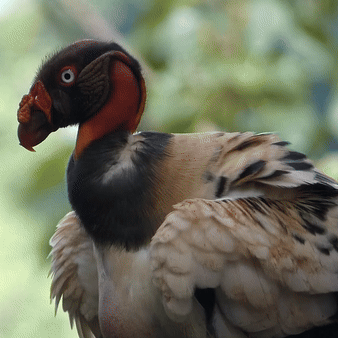
oh HELL YEAG this is what it's all about. shake
3K notes
·
View notes
Text
It's 6am I'm making brownies with mashed potatoes in them wish me luck
0 notes
Note
What's your favourite bird?
Aside from my personal birds (bc I'm sure you meant a species of bird) I genuinely couldn't choose. I can't even honestly pick one family of birds, but I have narrowed it down to three.
Columbidae (pigeons and doves):
There are 353 unique species in the columbidae family, as well as more than 1,000 different breeds of domestic pigeon
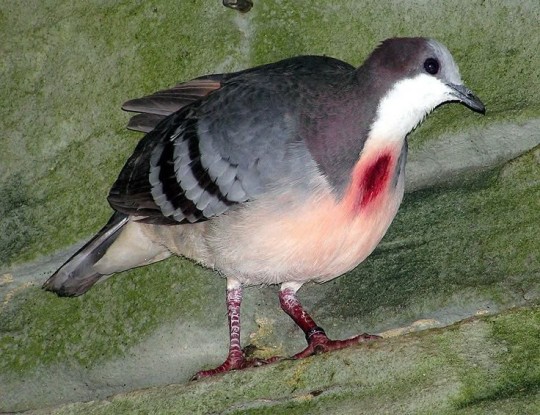
Luzon Bleeding Heart (Gallicolumba luzonica)
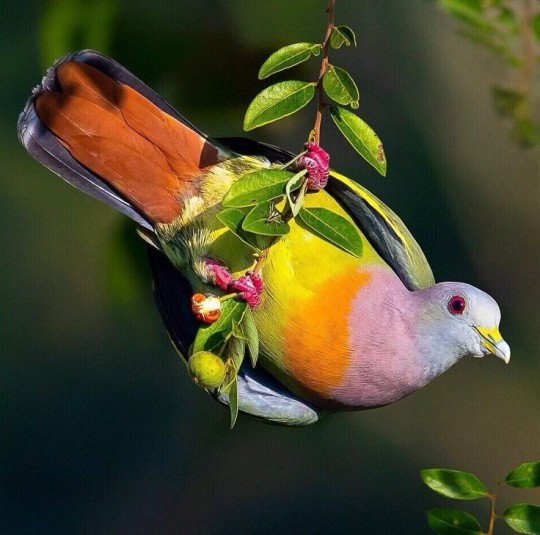
Pink-Necked Green Pigeon (Treron vernans)
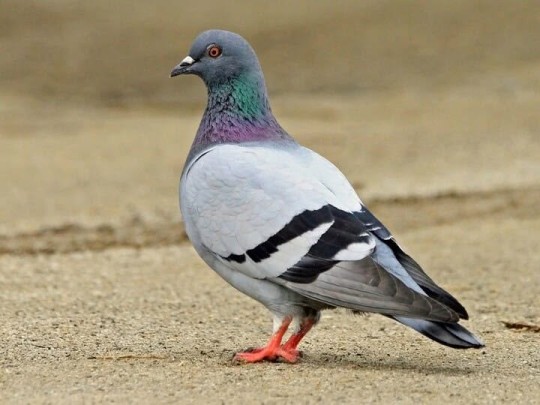
Rock Pigeon (Columba livia)
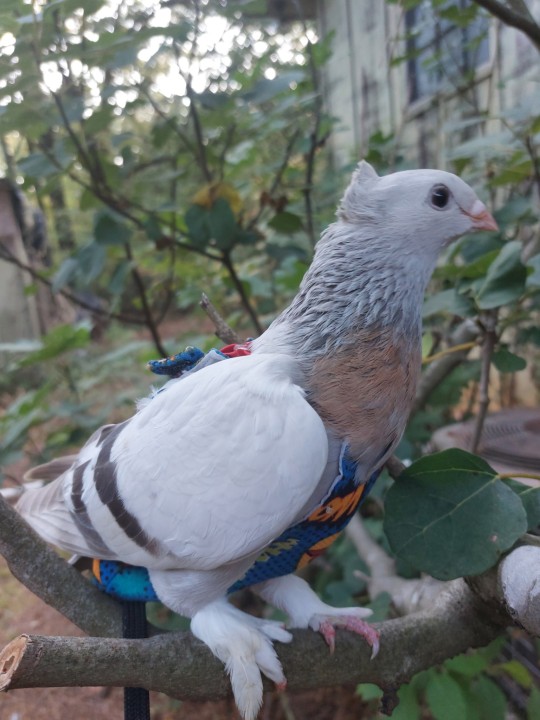
Lucerne Gold Collar Fancy Pigeon (Columba livia domestica)
Cathartidae (new world vultures and condors):
There are 7 species in the cathartidae family, the most known probably being the turkey vulture.
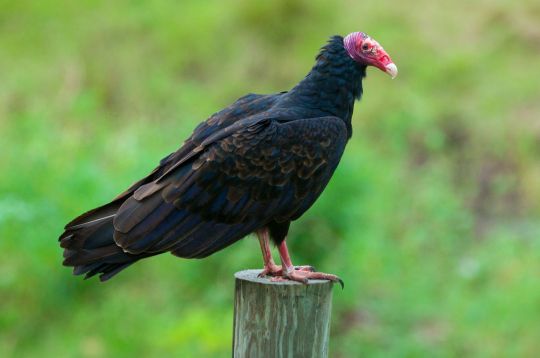
Turkey Vulture (Cathartes aura)
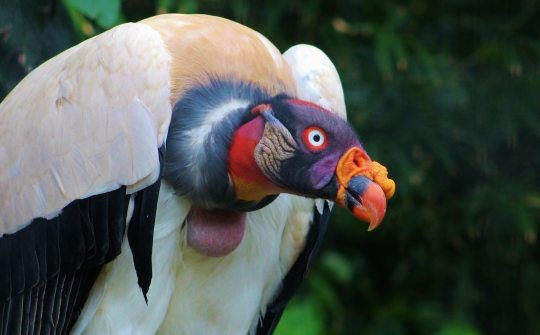
King Vulture (Sarcoramphus papa)
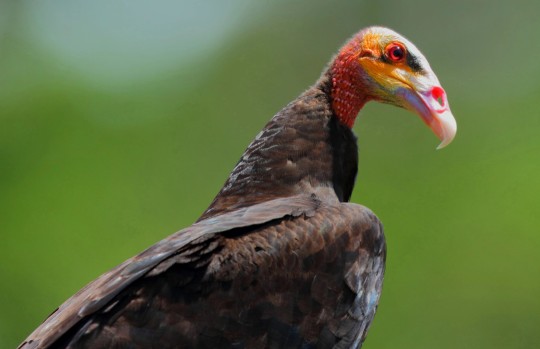
Lesser Yellow-headed Vulture (Cathartes burrovianus)
Musophagidae (turacos):
There are 23 species of turaco. People don't talk about these guys enough
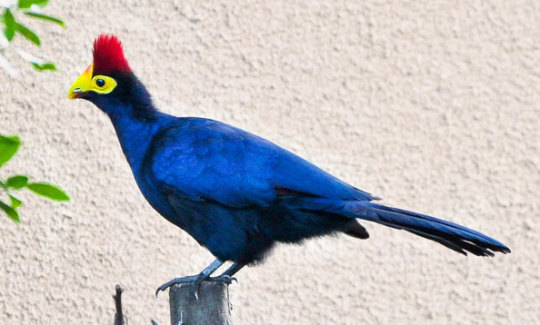
Lady Ross's Turaco (Musophaga rossae)
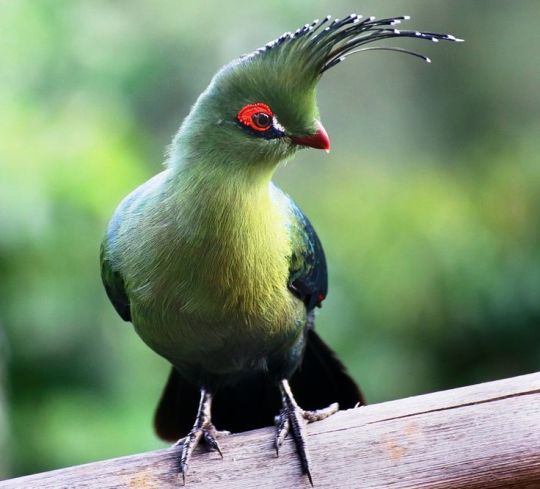
Schalow's Turaco (Tauraco schalowi)
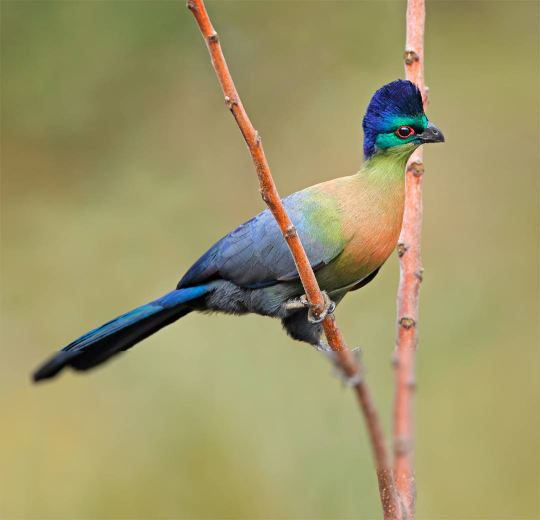
Purple-crested Turaco (Gallirex porphyreolophus)
30 notes
·
View notes
Note
bird question: do you know any fun facts about Starlings?

Starlings are rather interesting birds, though they have a bad rep in America because when most people think of them, they think of European Starlings. It's actually said we have Shakespeare to thank for that. In 1890, a man named Eugene Schieffelin released 100 European starlings (sturnus vulgaris) into central park, supposedly claiming he had planned to bring every bird species mentioned in Shakespeare's works to North America. In reality, historians suspect he was just trying to control the local insect population. Regardless of the reason the starlings spread out fast, they're avid scavengers, highly social, and competitive to the point they've even been known to push other birds' eggs out of nest boxes. Their large migratory flocks (reaching upwards of 100,000 individuals), aggressive nesting behaviors, and crop stealing/scavenging behaviors are perfect for the english plains where they naturally reside, but damaging in rural America. Additionally, while European starlings are the most common and well-known species, there are actually an estimated 128-131 different species of starling, belonging to the family Sturnidae, starlings are highly intelligent, excellent at mimicry, striking to look at, and recognized as one of the most social types of birds. I can't talk about them all here, the post would be too long, but there are a few notable ones I'd like to include pictures of.

^this is an Emerald Starling (Lamprotornis iris) a non migratory species native to West Africa. They're great bird parents, with both male and female birds tending to chicks.

^next is the Greater Blue-eared Starling, they're seasonal migrants with a native range spanning over most of Africa. I think this bird is probably the closest I'll get to seeing the color olo.

^Probably the most popular starling is the Violet-backed Starling (Cinnyricinclus leucogaster) native to Sub-Saharan Africa. There are very few birds that are truly purple, and these guys are one of the most purple. Truly beautiful birds.

^and last, but certainly not least, my personal favorite, the Metalic Starling (Aplonis metallica), the only species of starling native to New Guinea and the nearby islands. They're crucial to local ecosystems due to their role in seed dispersion, they spread the seeds of the fruits and plants they eat through their excrement.
#birds#starlings#i really like birds#ornithology#fun facts#thanks for the ask!#tim talks birds#that's what I'm calling this new segment now
140 notes
·
View notes
Text
I know noone follows this account but seriously if anyone sees this, please drop a bird related question in my asks i have to feed the creature in my brain that wants to talk nonstop about birds, seriously ask me anything. Also here's a couple pictures of my very favorite bird, my sweet lucerne gold collar pigeon Iggy, he passed last year, but the time I had with him was the best part of my life.
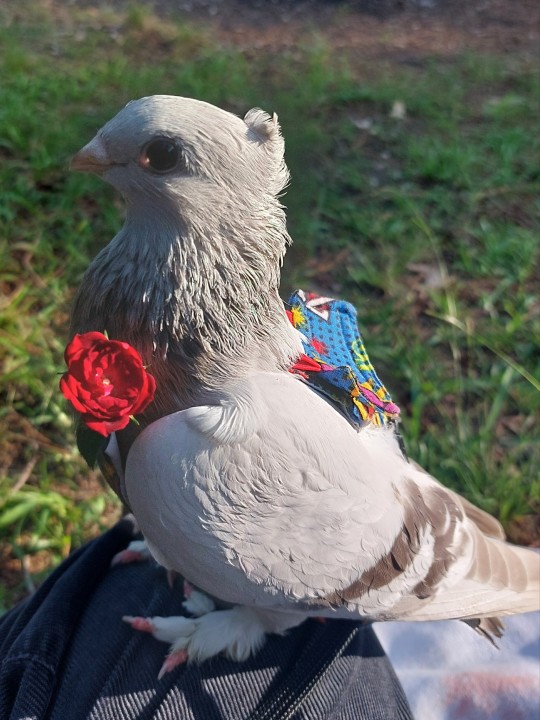
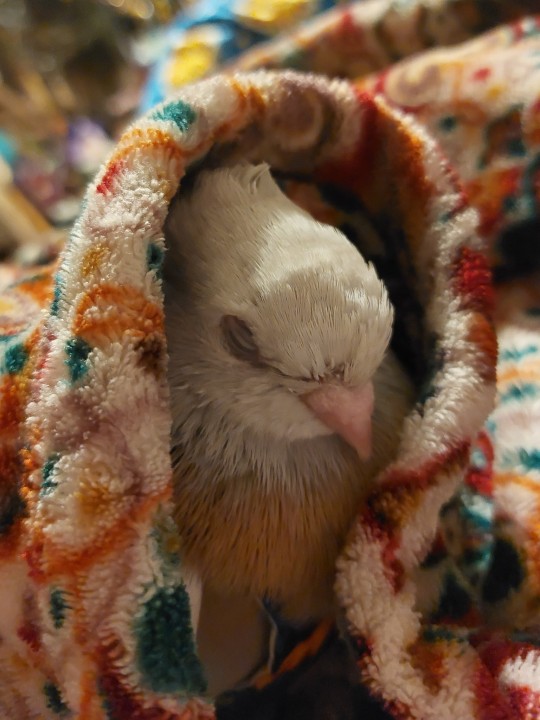
11 notes
·
View notes
Text
Not an expert but I do have bird flavored Autism. Based on the location and the appearance of the nest I'd guess barn swallow, they're common in the area. The only thing that makes me hesitant to say for sure is that barn swallows, as their name suggests, typically nest in barns or other manmade structures, not trees. Aside from that the appearance of the nest and eggs, as well as the time and location point to these guys:
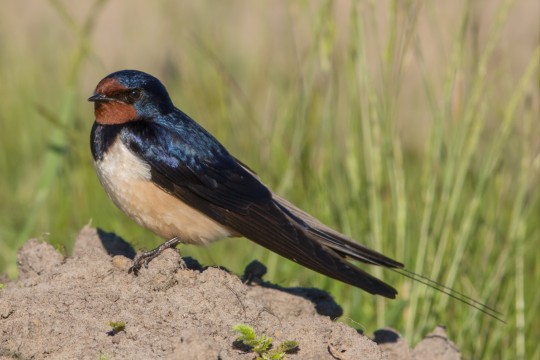
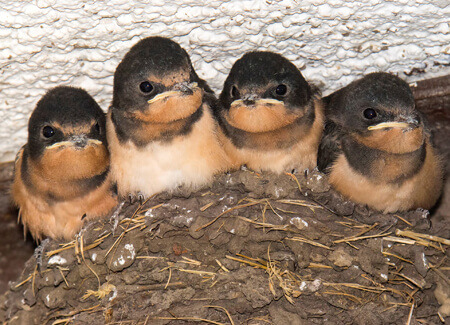
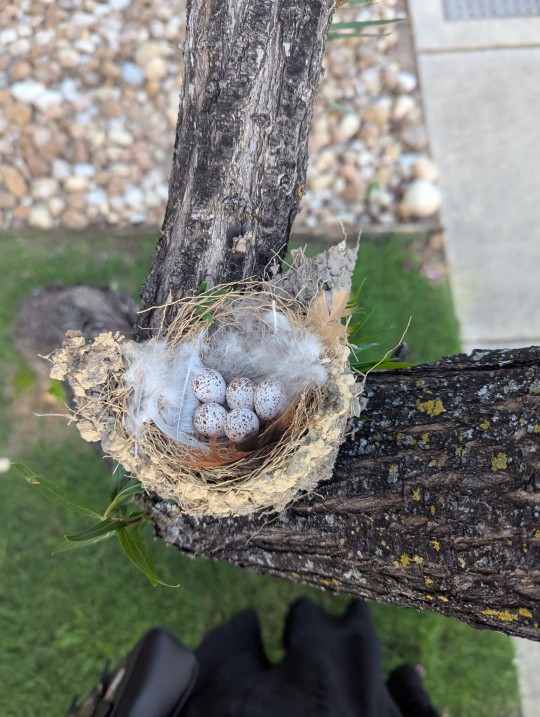
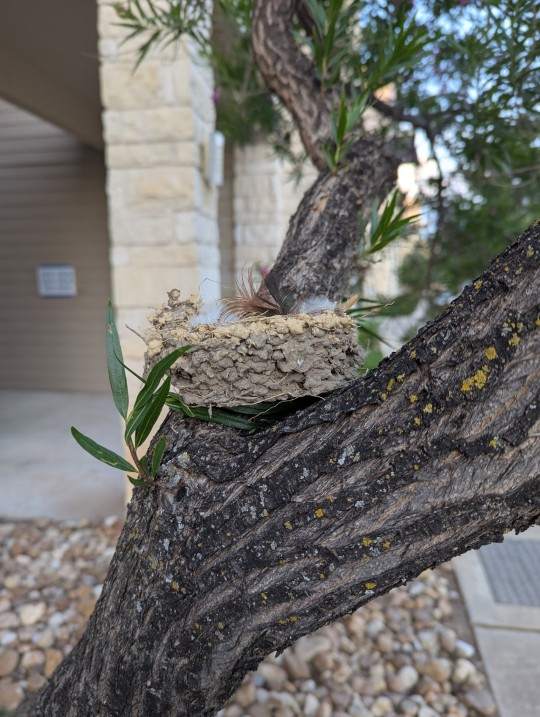
CALLING ALL ORNITHOLOGY NERDS!!!
What kind of bird has nested in the desert willow outside my apartment???
21 notes
·
View notes

